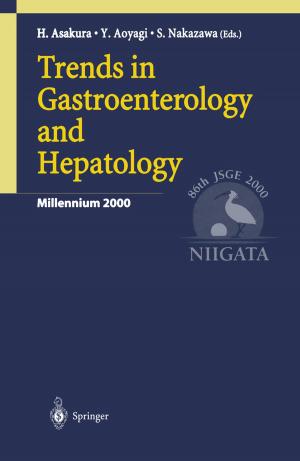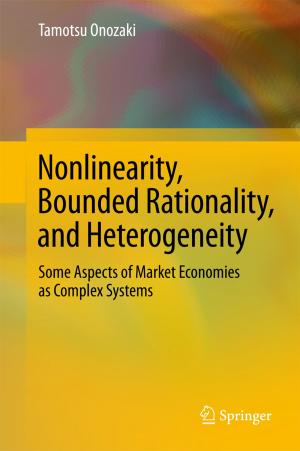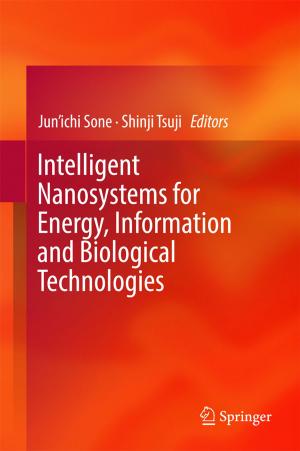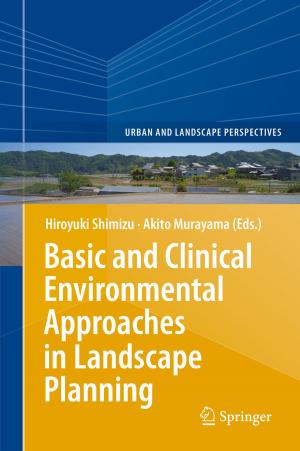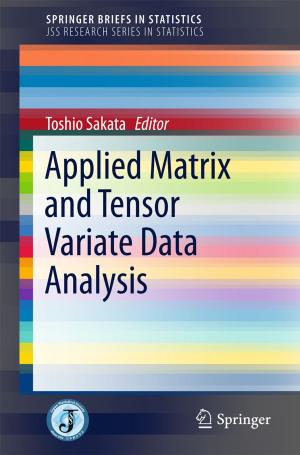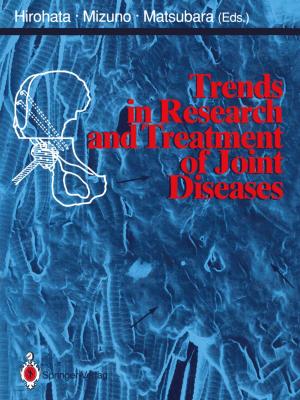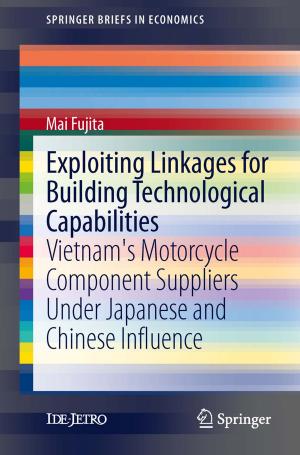Laparoscopic Gastrectomy for Cancer
Standard Techniques and Clinical Evidences
Nonfiction, Health & Well Being, Medical| Author: | ISBN: | 9784431540038 | |
| Publisher: | Springer Japan | Publication: | July 16, 2012 |
| Imprint: | Springer | Language: | English |
| Author: | |
| ISBN: | 9784431540038 |
| Publisher: | Springer Japan |
| Publication: | July 16, 2012 |
| Imprint: | Springer |
| Language: | English |
The first laparoscopy-assisted gastrectomy for gastric cancer was performed in Japan in 1991. In the ensuing 20 years, at first through a process of trial and error, then through the sharing of master surgeons’ accumulated experience, the procedure has been honed and refined to its current high level. From the beginning, it soon became evident that this much less invasive form of gastrectomy, in comparison with traditional open surgery, led to improved quality of life for postsurgical patients, and use of the procedure spread rapidly among gastric surgeons. Early on, however, there were calls for the establishment of standard techniques and procedures to be followed, with a recognized need to improve the level of safety and the quality of lymph node dissection for local control in cancer treatment. Toward that end, the Laparoscopy-Assisted Gastrectomy Club was formed in 1999. In the following year, because both Japan and Korea experience a high rate of gastric cancer, specialists from those two nations came together to form the Japan–Korea Laparoscopic Gastrectomy Joint Seminar, to facilitate and encourage the exchange of vital information. The result has been to achieve an evolving consensus among specialists in the field of endoscopic surgery in Japan and Korea with expertise that can be shared worldwide. A compilation of the current state-of-the-art is now presented in this volume, with accompanying DVD, which will be of great value to all endoscopic surgeons who perform laparoscopic gastrectomy.
The first laparoscopy-assisted gastrectomy for gastric cancer was performed in Japan in 1991. In the ensuing 20 years, at first through a process of trial and error, then through the sharing of master surgeons’ accumulated experience, the procedure has been honed and refined to its current high level. From the beginning, it soon became evident that this much less invasive form of gastrectomy, in comparison with traditional open surgery, led to improved quality of life for postsurgical patients, and use of the procedure spread rapidly among gastric surgeons. Early on, however, there were calls for the establishment of standard techniques and procedures to be followed, with a recognized need to improve the level of safety and the quality of lymph node dissection for local control in cancer treatment. Toward that end, the Laparoscopy-Assisted Gastrectomy Club was formed in 1999. In the following year, because both Japan and Korea experience a high rate of gastric cancer, specialists from those two nations came together to form the Japan–Korea Laparoscopic Gastrectomy Joint Seminar, to facilitate and encourage the exchange of vital information. The result has been to achieve an evolving consensus among specialists in the field of endoscopic surgery in Japan and Korea with expertise that can be shared worldwide. A compilation of the current state-of-the-art is now presented in this volume, with accompanying DVD, which will be of great value to all endoscopic surgeons who perform laparoscopic gastrectomy.

